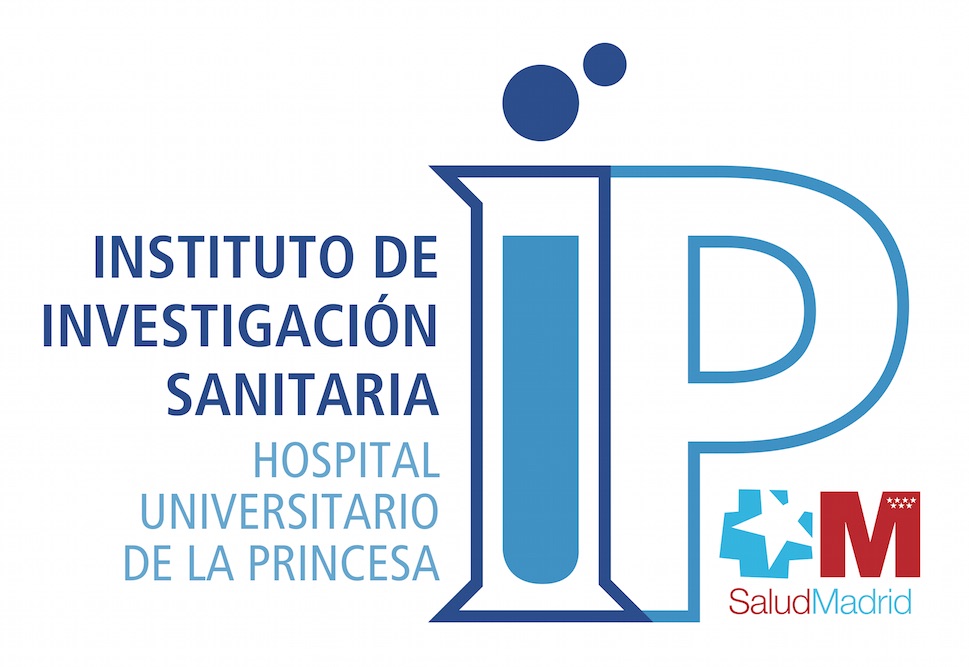The design of this family of compounds was based on common pathological pathways described for different neurodegenerative diseases. For its design, we have used computational tools and predictors to avoid toxicological problems. As result, we have obtained a small molecule that has demonstrated to be moderate Nrf2 inducer, potent scavenger, antiinflammatory and neuroprotectant in several oxidative stress models, Alzheimer’s disease, Parkinson’s disease, multiple sclerosis and brain ischemic injury in vitro models.
Neurodegenerative diseases share many pathological pathways as abnormal protein aggregation, mitochondrial dysfunction, extensive oxidative stress and neuroinflammation. Cells have an intrinsic mechanism of protection against oxidative stress, the Nrf2 transcriptional factor, known as the master regulator of redox homeostasis. Based on these common features we have designed a multitarget structure that can act as Nrf2 inducer and potent free radical scavenger. The inclusion of both biological targets also induces an anti-inflammatory effect that can stop one of the most important hallmarks of these diseases. As result, it shows an interesting neuroprotective effect.
During the last two decades, the selected targets where, mainly, the formation of protein aggregates and / or the decrease of neurotransmitter levels. Currently, there is no treatment for most of the degenerative diseases or they are not effective. In addition, drugs that are now in clinical trials are directed to the same targets used before, and almost all of them are not demonstrating effectiveness. The compounds here proposed have been designed specifically to reduce oxidative stress and neuroinflammation for the first time. These two pathological hallmarks are increasingly considered the triggers of the neurodegeneration process. For the first time, we will be able to develop an early treatment for Alzheimer’s disease able to stop the disease advance.
Currently, we are at the discovery phase but we have evidences of the biological activities included. The combination of Nrf2 induction and anti-inflammatory properties will drive the reduction of oxidative and glial activation status of the patients reducing the neuronal loss.
We have also preliminary evidences of a reduction of the inflammatory response induced by lipopolysaccharide in C57 mouse. In vitro test of this compound have also demonstrated the capacity to reduce neuronal death in several models of neurodegeneration. We are currently planing the proof of concept in a transgenic model of Alzheimer’s disease and a model of multiple sclerosis.
Finally, this compound has demonstrated a very good safety profile in HepG2 cells (hepatotoxicity model).
We need to validate it. Our interest of collaboration with pharmaceutical industry is to further develop this family of compounds. First, to perform the in vivo proof of concept of the lead compound and, second to optimize the activities to generate a drug candidate. We also are looking for biopharmaceutical companies interested in licensing the compounds or collaborating to apply for funding to the European Commision or The Government of Japan . Thus, we are open to make collaboration with companies interested in granting our project.
This family of products has been protected as potential treatments for neurodegenerative diseases including all mayor diseases as: Alzheimer’s disease, Parkinson’s disease, Huntington disease, amyotrophic lateral sclerosis, multiple sclerosis and ictus. The target of the named compounds is oxidative stress and the Nrf2-Keap1 antioxidant and anti-inflammatory pathway, thus, their indication can be extended for different inflammatory diseases as chronic obstructive pulmonary disease, for example.







